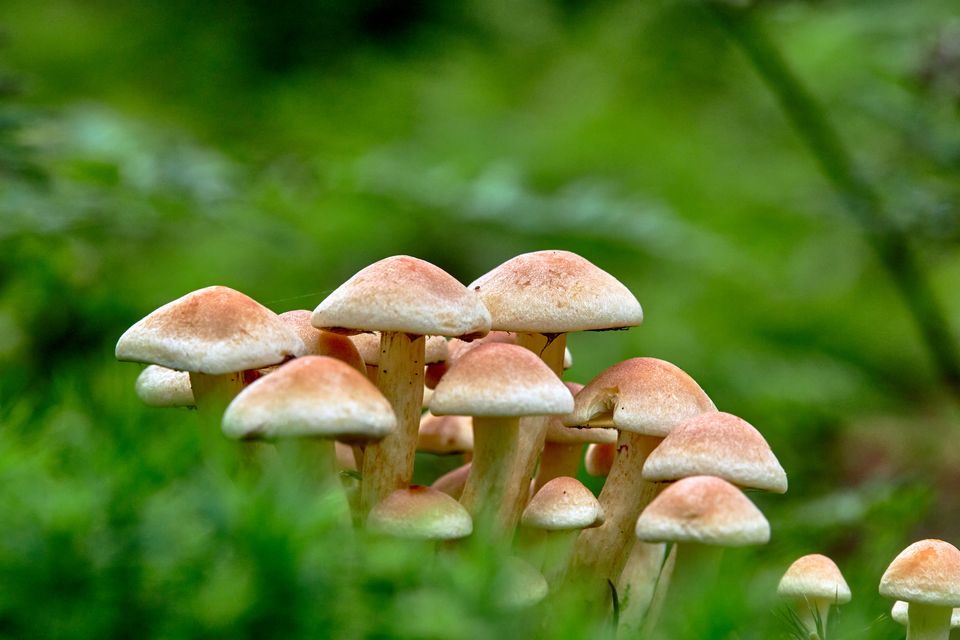November is the traditional month to get your tulip bulbs planted. The reason we leave it a little later than other spring bulbs is to reduce the possibility of a fungal disease called tulip fire. This fungus is less likely to occur once first frosts have occurred. That said, there hasn’t been much in the way of frosts so far due to a unseasonably mild November but come they will. Either way, if you buy bulbs from a reputable supplier, it’s unlikely you will come across this problem — but always check before you plant that the bulb is healthy looking and doesn’t show any type of white or black fungus on it. Aim to get them in the ground as soon as possible and no later than mid-December.
The best position for tulips is in a sunny site with free draining soil. Most of our bulbs are imported from Holland and the sandy coastal soil there is the perfect growing medium for tulips, along with the moderate winter and spring temperatures. If your soil is very heavy and wet over winter, you might consider planting your tulip display in pots instead which you can fill with a light draining compost. Planting in pots is an easy option as no digging is required and the pots can be whisked away out of sight once they have finished flowering. Otherwise in claggy soil, sprinkle some grit just beneath the base of the bulb, which will help prevent it from sitting in soggy soil over winter.
Other factors to consider when planting tulips is the effect you wish to achieve. Will you go for an assortment of colours like the contents of a Smartie tube — or do you prefer to plant in blocks of colour? The range of colours available is extensive, and wonderful contrasts can be orchestrated. For example, you might pair the very rich, almost black purple of ‘Queen of the Night’ with a vibrant orange such as ‘Princess Irene’.
Then there’s timing to consider — early varieties will start in late March while the later ones can sneak into early May. So if you are planning to pair them with other spring bulbs, bear this timing in mind.
There are also different flower types to choose from. The single early tulip has simple cup-shaped flowers and is usually the first to flower. But there are more fancy varieties such as parrots, which have wonderful wavy, twisty and curly petals that are often bi-coloured. These come later in the season and are amongst my favourites — for example ‘Green Wave’, whose petals are a mix of green, yellow and pink. Then there are tulips that have fringed petals, or double peony-like flowers or even lily-shaped flowers — lots to choose from, depending on whether you are looking for flamboyance or quiet elegance.
Once they have finished flowering, their dying foliage is a bit messy, and that’s when it’s handy to have them in pots which can be removed out of sight. Highly bred tulips tend not to come back as well the following year. Sometimes they don’t return at all, or they might come back in muted fashion. You can leave them where they are or just dig them up. I generally treat these bulbs as annuals and replant pots and containers every year. There are perennial species of tulips which will naturalise in borders and lawns and these can be left year after year to their own devices. These tend to be smaller and more delicate in appearance but are long lived.
Read more
Plant of the week
Pseudolarix amabilis ‘golden larch’ turns a bright golden-yellow in autumn, making it a beautiful ornamental tree. Photo: Getty
Pseudolarix amabilis ‘Golden larch’
We’ve had beautiful autumnal colours this year — October was great and the colours seemed to intensify even more this month. But the leaves are falling rapidly now and the grounds are carpeted with golden leaves. One beauty still holding on to its needles is the Golden larch. Unlike most conifers, it is deciduous. Its soft green needles turn a bright golden-yellow in autumn, making it a beautiful ornamental tree. However, it’s probably best enjoyed in parklands or if you have a large garden, as it can grow up to 12 metres in height. Grow in lime-free moist soil in a sheltered, sunny position.
Reader Q&A
It is common to see mushrooms on lawns at this time of year. Photo: Getty
Q: There are loads of toadstools growing in the garden at the moment. How can I get rid of them? I tried a normal weedkiller but nothing happened. — Stephen
It’s normal to see mushrooms or toadstools at this time of the year. Fungi are in the soil all the time, but at this time of year they fruit, and this is what you are observing. They’re not causing any harm and I wouldn’t recommend using any chemicals to get rid of them. If you don’t like their appearance, just lightly hoe and rake them off.
Submit your gardening questions to Diarmuid via his Instagram @diarmuidgavin using the hashtag #weekendgarden

